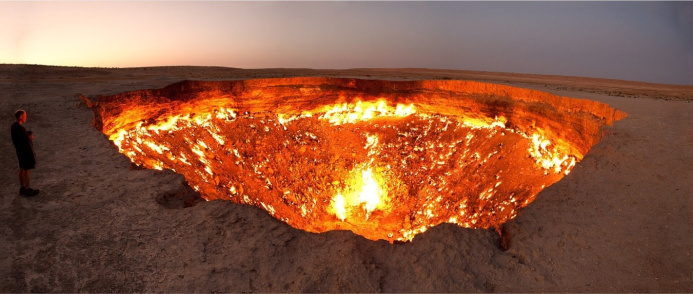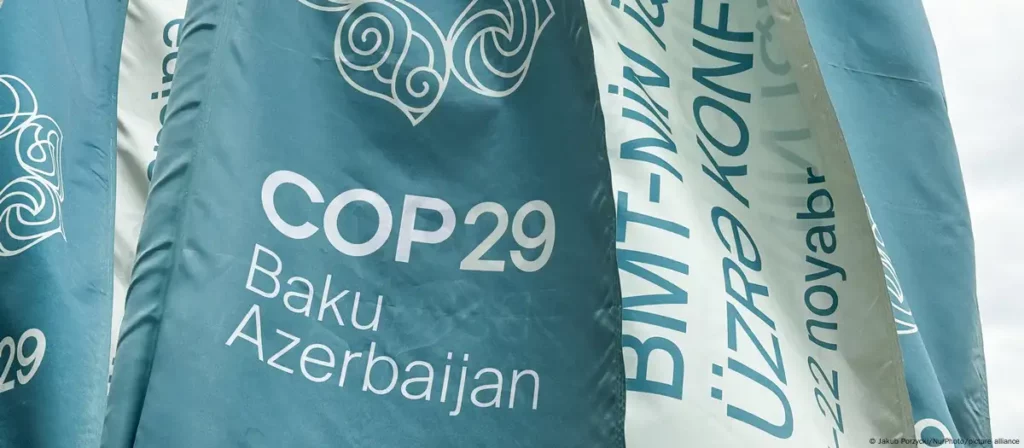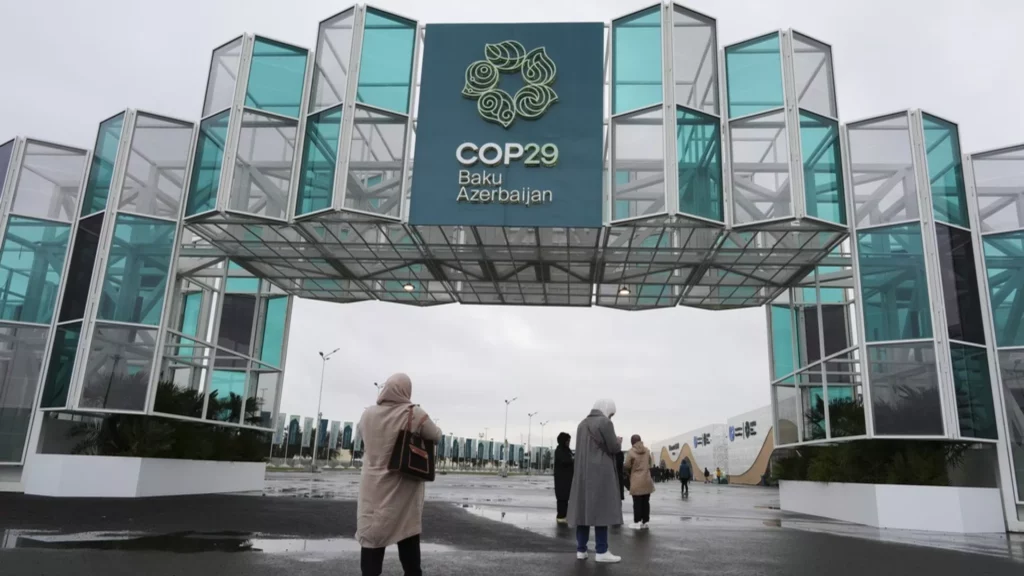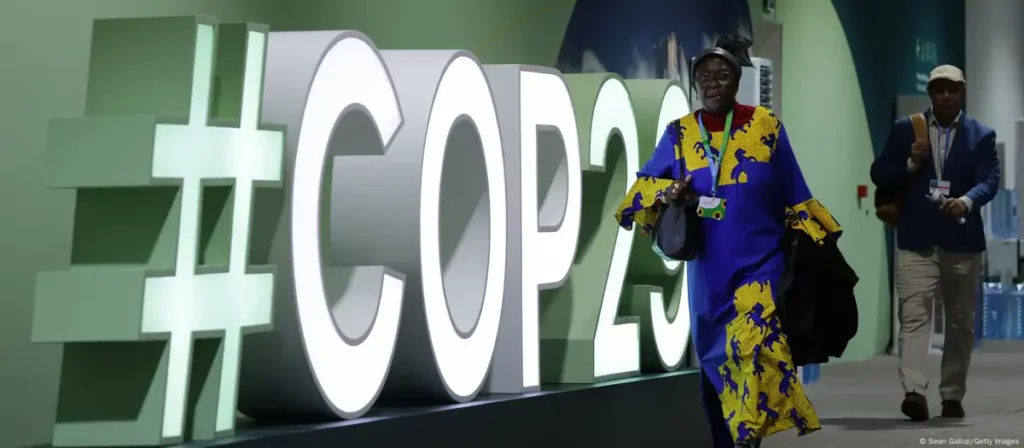We bring to your attention an article from the quarterly news digest “Turkmen Energy”. The publication was prepared by: Pirniyazov B.K., Director Luryeva I.I., Head of the laboratory, Doctor of Technical Sciences, Natural Gas Research Institute of Turkmengaz Group.
“One of the main directions of Turkmenistan’s environmental strategy is to reduce and eliminate the negative effects of carbon dioxide and methane emissions into the atmosphere. First of all, we are talking about a phased transition to the introduction and use of modern environmentally friendly and resource-saving technologies, especially in the fields of energy, industry and transport,” said the national leader of the Turkmen people, Chairman of the Halk Maslahaty of Turkmenistan, Gurbanguly Berdimuhamedov.
President of Turkmenistan Serdar Berdimuhamedov has approved a Roadmap for the development of international cooperation for 2023-2024 in order to study the issue of Turkmenistan’s accession to the Global Methane Commitment. The relevant decree of the Head of state also approved an action plan for the implementation of this Roadmap and instructed relevant ministries and departments to ensure the implementation of the measures outlined in it.
The Global Methane Reduction Commitment is an initiative in which participants who join it agree to take voluntary actions to contribute to a collective effort to reduce global methane emissions by at least 30% by 2030 compared to 2020 levels.
Today, about 150 countries have joined the initiative, accounting for 70% of the global economy and half of methane emissions.
Climate scientists claim that about 30% of global warming since the beginning of the industrial era is due to methane emissions. Over the past two years, this figure has reached a record level. 50-65% of methane emissions worldwide are caused by anthropogenic factors, and the main sources are agriculture (livestock), energy and industry, waste from the housing sector and enterprises. According to experts, in order to achieve the goals set in the Paris Agreement, methane emissions should be reduced by 40-45% by 2030.
As an energy power, Turkmenistan does not deviate from the issue of mitigating the negative impact on the climate of production, transportation and use of energy resources. We strive to promote green transformation because we recognize that the future of humanity depends on clean and sustainable energy.
According to experts, Turkmenistan has the ability to reduce methane emissions in the country by about 75%, and by more than half at no cost. Satellite studies have also shown the sources of harmful emissions, which allows us to identify ways to combat them.
This will be the country’s contribution to the implementation of the 7th Sustainable Development Goal related to sustainable energy, including within the framework of the tasks defined in the Paris Agreement on Climate Change.
According to the project, which is being worked on jointly with the International Observatory on Methane Emissions (GMI), it is planned to conduct scientific research to reduce the amount of emissions of this type of greenhouse gases into the atmosphere. A vivid confirmation of the active joint work is the visit of the delegation of the oil and gas complex to the headquarters of the GMI in Paris, within the framework of the Forum on Attracting Investments in the Oil and Gas Sector of Turkmenistan (TEIF 2024) on April 24-25, 2024. All this is necessary for the timely fulfillment of the tasks arising from the Paris Agreement in Turkmenistan.
Methane emissions are the main factor in increasing the concentration of greenhouse gases in the Earth’s atmosphere and are responsible for 30% of the causes of global warming.
Most low-cost ways to reduce methane emissions can be applied in extractive industries, for example, eliminating leaks from gas pipelines, limiting gas combustion in oil wells and coal mines, or introducing methane capture technologies for sale or subsequent use.
An increase in the methane content in the atmosphere contributes to an increase in the greenhouse effect, since methane intensively absorbs thermal radiation from the Earth in the infrared region of the spectrum.
Methane is a major contributor to the formation of ground-level ozone, a dangerous air pollutant and greenhouse gas, the effects of which cause 1 million premature deaths annually. Methane is also a powerful greenhouse gas. Over a 20- year period, it warms 80 times more than carbon dioxide.
A 10% reduction in carbon dioxide emissions will lead to a 10% decrease in concentration growth rates, a 30% reduction will similarly result in a 30% decrease in concentration growth rates. A 50% reduction in emissions would stabilize CO2 concentrations, but only for less than a decade.
Increasing the amount of carbon dioxide creates an excess of greenhouse gases that retain additional heat. This trapping heat leads to melting of ice caps and rising ocean levels, which causes flooding. In general, the presence of carbon dioxide and its greenhouse effect in the atmosphere leads to an increase in surface temperature by an amount of about +8± 1 °C, and air humidity is responsible for the remainder of the greenhouse effect with little influence from other gases.
There is a place in Turkmenistan where fire erupts from the ground in the middle of the desert, but not everyone knows the nature of this phenomenon. The Derweze crater, officially named the “Radiance of the Garagum’s”, is located about two hundred and seventy kilometers from Ashgabat. It is a sinkhole with a diameter of 60 m and a depth of about 20 m in the territory of a natural gas field.
In 1963, an exploration well was drilled at the Chaljulba structure of the Zeagli- Derweze group of fields, but for the first time an underground void filled with gas was discovered at a shallow depth, into which the upper layers of the soil collapsed. Then the crater was set on fire to avoid gassing people and animals. It was assumed that the gas would burn out within a few days or the productive reservoir would be flooded, as in, other structures (Derweze and Shyh-Shyhyany) located at a distance of 5-7 km, where there are two more craters. However, for about 60 years, gas has continued to flow into the crater and burn.
The combustion of gas in the crater of the emergency Chaljulba well has a negative impact on the environment, as methane and its combustion products are released. In addition, natural gas is consumed, which can bring significant profits. The management of the fuel and energy complex was instructed to involve scientists and, if necessary, foreign specialists to solve this problem.
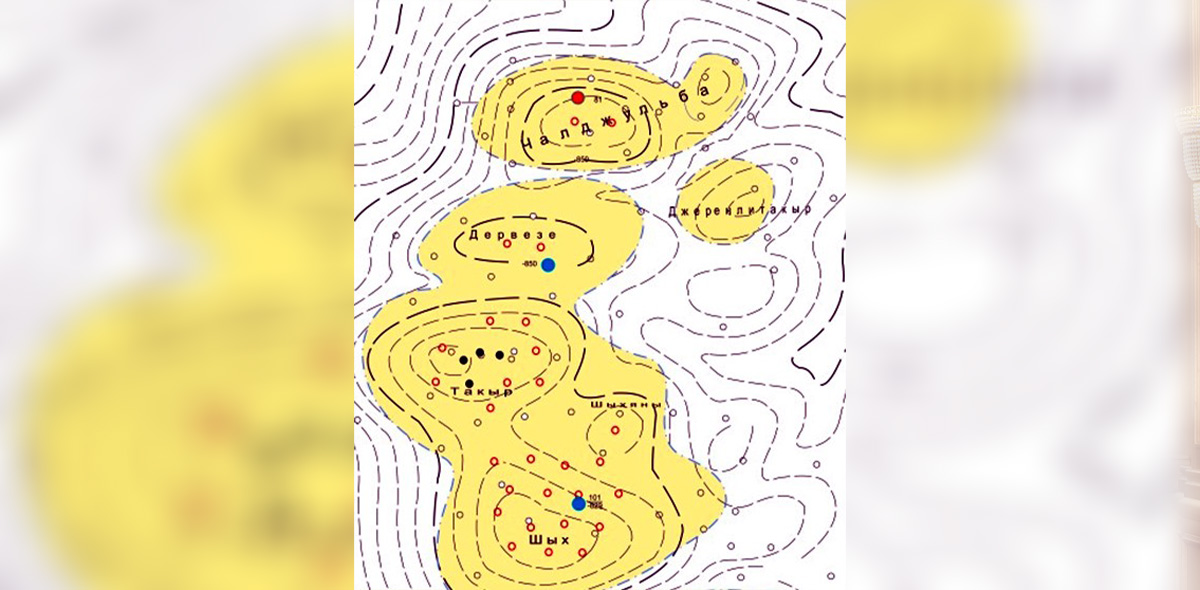
Specialists of the Scientific Research Institute of Natural Gas of the state concern “Turkmengaz” studied the geological structure of the formations of the Zeagli- Derweze group of fields, the peculiarity of which is the presence of a large number of thin, low-power layers lying at a depth of 200 to 950 meters, layered with aquifers and dense layers. It has also been revealed that strata and deposits interact with each other.
We have proposed drilling a well that should open up all the productive formations available in the section, which will further reduce the flow of gas into the crater and reduce methane emissions. Of course, it is not possible to instantly stop uncontrolled interplastic gas flows, because the filtration rate, i.e. the movement of gas in porous formations, is very low. However, gas extraction from the well, firstly, will allow the filtration flow to be controlled so much that over time the entire gas flow will be directed towards the well; secondly, the extracted, and not burned, gas can be used. Accelerated gas extraction from the new well will allow to control filtration flows and reduce uncontrolled gas emissions into the atmosphere.
As one of the measures, it is also proposed to transfer one of the observation wells located close to the burning crater to the operational fund. With its help, it will be possible to carry out intensive gas extraction from the upper productive layers.
The effectiveness of the proposed measures is confirmed by the data from satellite images of Capterio, which clearly demonstrate a significant reduction in burning (more than 2 times) in the period from September 2023 to February 2024. (blue bars on the graph), when forced extraction of gas from nearby wells was carried out.
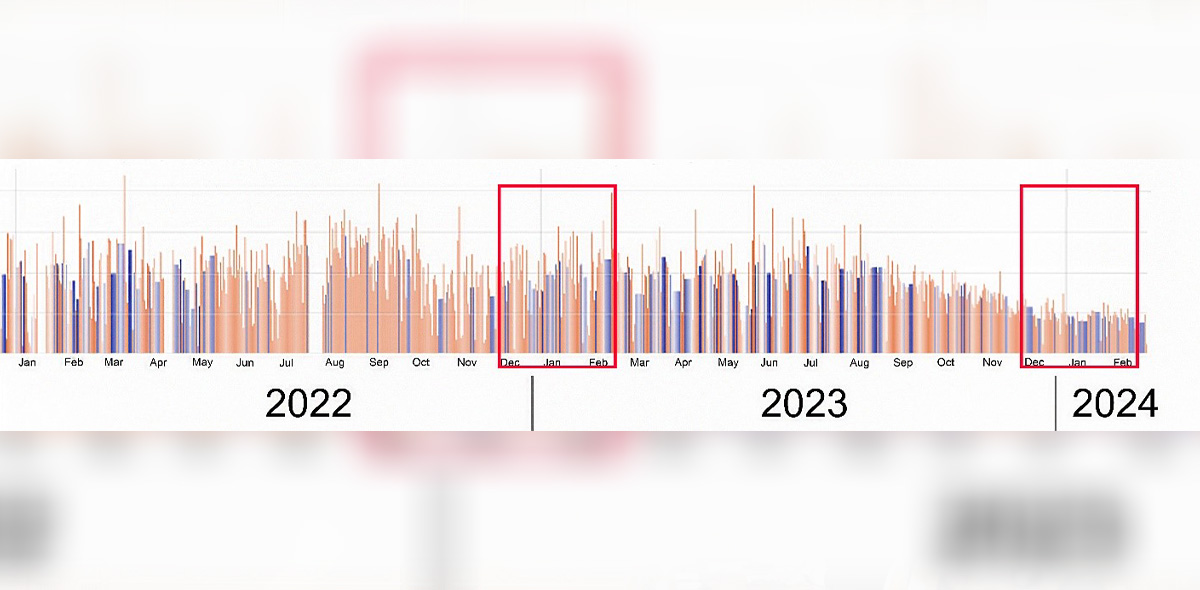
It is obvious that the development of gas fields involves a wide range of tasks, requires constant improvement of applied technologies and strategies, conducting special detailed and laboratory experiments, comprehensive in-depth study from an environmental and economic point of view, innovation and investment. In addition, this is one of the main steps towards zero greenhouse gas emissions and maintaining the ecological balance in the environment.
As part of a panel discussion on “Reducing methane and carbon dioxide emissions from hydrocarbon production …” at TEIF 2024 in Paris, leading experts from the United Nations, OPEC, IEA and international companies will present their vision and solutions for reducing methane and associated gas emissions from the development of hydrocarbon fields. To date, representatives of more than a hundred companies from 30 countries, as well as international organizations, representatives of the media and academia have registered to participate in the forum.
ORIENT news
Photo: Turkmen Forum
Orient Link: https://orient.tm/en/post/71298/method-reducing-methane-emissions-derweze-crater-proposed-turkmen-scientists-has-received-practical-confirmation

